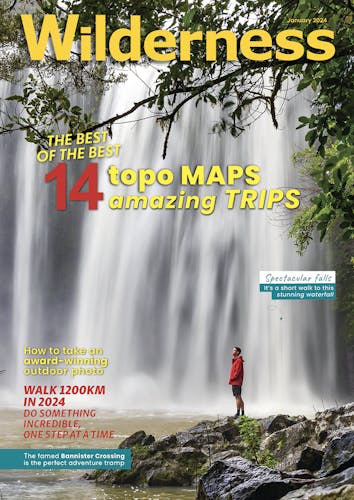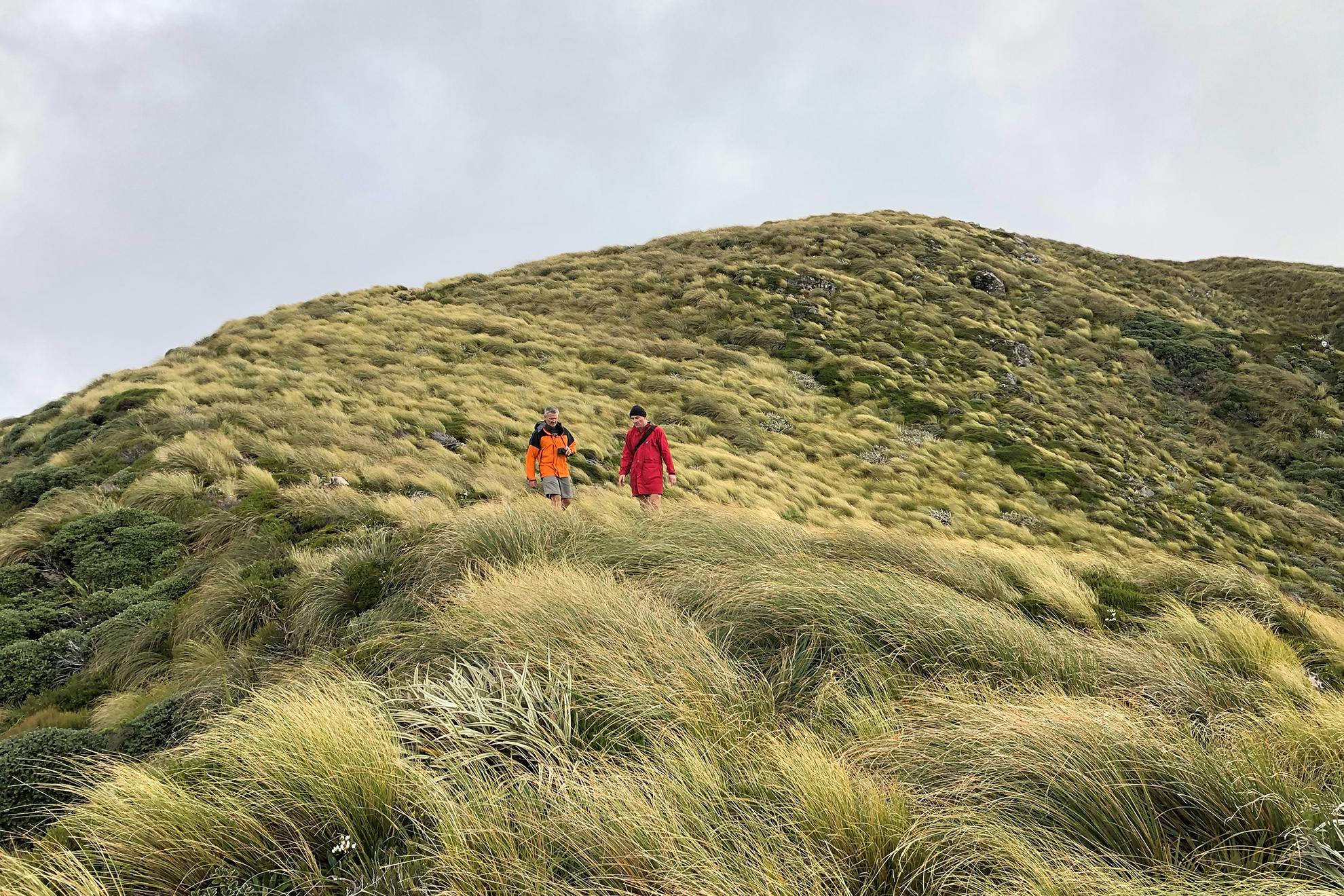What is the best course of action if your plan comes unstuck?
In the changeable outdoor environment, even the best-laid plans can go awry. The following scenario shows decision-making in action.
The situation
When a group comprising an adult and six teenage girls started from their hut on the last leg of their tramp one morning, the wind was much stronger than forecast. The first part of their route was very exposed and some of the girls were quite light. Before they set off, the adult briefed them about the conditions and showed them how to pair up to support each other. Before they even reached the most exposed section, however, the wind was so strong that the adult turned the group back to the hut.
STOP
The first response to any emergency is to STOP: Stop, Think, Observe and Plan. In this case, the adult did this prior to leaving the hut.
Get to a safe place
This is a key action. In some situations it might be a temporary response: get to a safe or sheltered spot while preparing to take another action. In this instance, the hut was the best place to be until the wind died down.
Some of the girls became upset when told to go back as they were keen to get home. This is a natural tendency – home calls you when things are going badly. Recognising such desires enables clear thinking to prevail.
Take stock
Getting warm and taking stock allows you to re-set emotionally and turn a crisis into an adventure.
Back at the hut everyone got into warm clothes. The weather was forecast to deteriorate later that day; if they did not get out, they might be stuck for two days or more. The group had planned for the possibility of a delay and everyone had brought one day’s extra food. It was clear they could manage comfortably for a day or two.
They wouldn’t have starved without the food, but there was a big emotional advantage in knowing there was enough.
Communicate
The group had two-way communication via an inReach device and mountain radio. In this case, the hut was in cellphone range, so the girls were able to phone home. This further reduced stress, as they were able to allay any potential parental concerns.
Good communication is important when things go wrong, and cellphones can’t be relied on. Having two-way communication enables parties to say all is well and prevent an unnecessary search being launched.
Many incidents have been exacerbated because of inadequate communication options. Many people have left a safe place to try to avoid a search, or believe they won’t be found if they stay where they are.
Monitor the situation
The situation might need regular monitoring to ensure conditions aren’t worsening. In this case the adult kept watch, noting grass movement along the ridgeline. She noticed the wind was dropping. This observation enabled the group to get out and avoid being stuck for another day.
Plan ahead
The group had planned well and had the equipment and resources they needed to deal with the situation. They knew what the long-term forecast was and the type of environment they were going to face. They had plans for weather conditions and for dealing with an emergency. Thanks to good decision-making, this potentially dangerous situation became an adventure, and the girls learnt valuable lessons safely.








